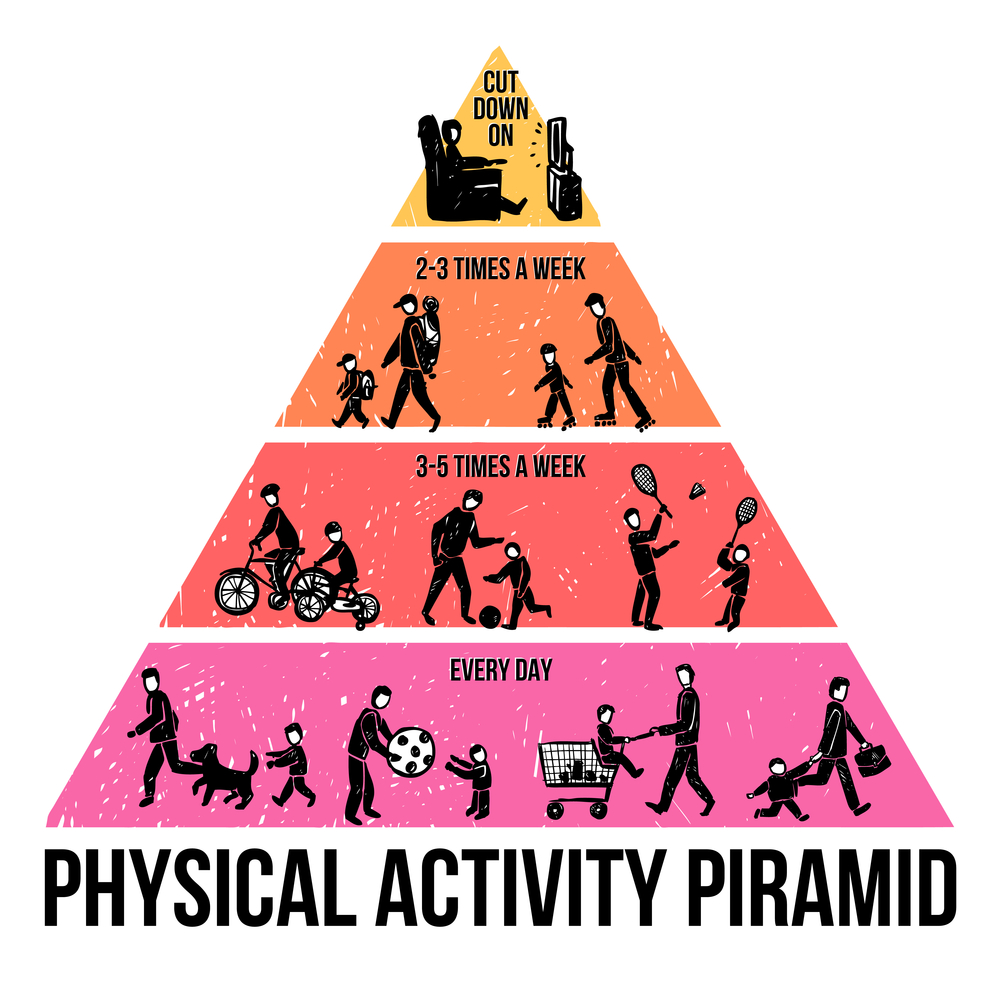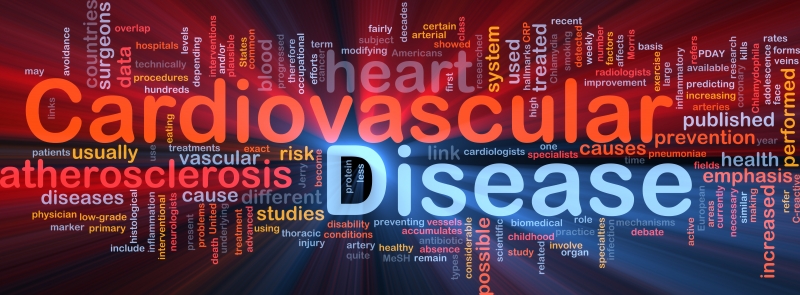Crafting effective product descriptions is crucial for the success of any health food store. The competitive nature of the health food industry necessitates descriptions that not only inform but also engage potential customers.

A well-written product description serves as a bridge between the product and the consumer, providing essential details that can influence purchasing decisions. These descriptions should:
- Highlight key features
- Emphasize benefits
- Showcase unique selling points
All while maintaining clarity and accuracy.
Incorporating relevant keywords can enhance search engine visibility, driving more traffic to the store’s online platform. This is crucial for increasing potential sales.
Understanding the target audience is paramount. It allows for tailoring the language and tone of descriptions to resonate with potential buyers. By doing so, the connection with consumers becomes more personal and effective.
An effective product description also builds trust by being transparent about:
- Ingredients
- Sourcing
- Any certifications
By focusing on these elements, health food stores can create compelling product descriptions that not only inform but also inspire confidence and encourage purchases.
For more tips on crafting effective product descriptions, visit shopedia.com.
Key Elements for Descriptions
A compelling product description in a health food store should include essential elements to effectively inform and engage customers. These elements are:
-
Clear Ingredient Lists: Ensure transparency and allow customers to make informed choices.
-
Specific Health Benefits: Emphasize benefits such as boosting immunity or enhancing vitality to align with customer preferences.
-
Unique Selling Points: Highlight aspects like sustainable sourcing or innovative formulations to differentiate products in a competitive market.
Descriptive Language plays a crucial role in capturing the essence of the product. Use language that highlights:
- Natural origins
- Quality
- Purity
This approach not only attracts potential buyers but also fosters a sense of trust and connection with the brand.
SEO Optimization is essential for enhancing visibility. Ensure that product descriptions are:
- Easily searchable
- Relevant to customer preferences
Crafting descriptions that resonate with the target audience requires understanding their needs and aspirations. This creates a sense of belonging and community.
By emphasizing these elements, product descriptions do more than inform; they inspire consumers, guiding them toward making informed and satisfying purchasing decisions.
Importance of Keywords
Incorporating strategic keywords in product descriptions significantly enhances online visibility and attracts a wider audience. This approach not only aligns with SEO optimization practices but also ensures that health food products reach consumers who actively seek them.
Descriptive language plays a crucial role in this process, as it helps in crafting product descriptions that resonate with potential buyers, fostering a sense of connection and community.
The selection of appropriate keywords should be guided by an understanding of customer preferences, allowing for the creation of content that speaks directly to their needs and interests. This alignment not only improves search engine rankings but also enhances the likelihood of converting casual browsers into loyal customers.
Effective use of keywords requires a balance between:
- Technical SEO optimization
- Genuine engagement with the target audience
By focusing on relevant keywords, health food stores can create descriptions that are not only informative and appealing but also strategically positioned to capitalize on search trends. This approach fulfills customer expectations and reinforces their sense of belonging.

Target Audience Considerations
Understanding the specific needs and motivations of the target audience is crucial for crafting effective product descriptions in the health food sector. Connecting with customers who value wellness and sustainability requires the use of descriptive language that resonates with their lifestyle choices and aspirations. By accurately identifying and addressing these customer preferences, product descriptions can foster a sense of belonging among consumers who share similar values.
SEO optimization plays a vital role in ensuring that these tailored descriptions reach the intended audience online. Incorporating relevant keywords, while maintaining engaging content, enhances visibility without compromising the quality of the message. This approach not only attracts potential customers but also strengthens the relationship with existing ones by consistently meeting their expectations.
Emphasizing the benefits and unique features of products in a manner that aligns with customer preferences is important. Highlighting aspects such as:
- Organic ingredients
- Ethical sourcing
- Health benefits
can appeal to the conscientious consumer, ultimately driving engagement and loyalty in the health food store market.
 A reduced amount of sunlight on a person reduces the levels of serotonin and reduces the mood and can lead to depression and other disorders. The main natural treatment for depression caused by seasonal affective disorder is phototherapy (light therapy). Light therapy involves frequent exposure to sunlight in order to stimulate the brain, making serotonin and improving brain health.
A reduced amount of sunlight on a person reduces the levels of serotonin and reduces the mood and can lead to depression and other disorders. The main natural treatment for depression caused by seasonal affective disorder is phototherapy (light therapy). Light therapy involves frequent exposure to sunlight in order to stimulate the brain, making serotonin and improving brain health. Baccarat has been around in one form or another since the 15th Century where it first appeared in Italy and then became popular with the Aristocracy of France. These days, with the help of James Bond, the game is coming back into fashion and is an increasingly popular option for gaming online. This includes both free, friendly games, but it can also be a lucrative option for potentially making money in the same way that poker is. You are likely to come across three main types of baccarat online -chemin de fer, banque, and punto banco. Chemin de fer is the French version and is similar to banque, while punto banco is the English version is the one most often found online. Potential players are sometimes put off playing baccarat due to a perceived complexity of rules but the game is actually surprisingly straightforward. For example, no matter how many players are involved in a game only two hands are dealt in each round. Chance plays a greater role for winning than it does in poker and games are fast and exciting to play. To be successful at baccarat the most important thing to do is learn the rules as thoroughly as possible. To get a good understanding, take a look here for a full rundown of the rules of play. You will be able to get a solid grasp on the game quickly and participating in games in no time.
Baccarat has been around in one form or another since the 15th Century where it first appeared in Italy and then became popular with the Aristocracy of France. These days, with the help of James Bond, the game is coming back into fashion and is an increasingly popular option for gaming online. This includes both free, friendly games, but it can also be a lucrative option for potentially making money in the same way that poker is. You are likely to come across three main types of baccarat online -chemin de fer, banque, and punto banco. Chemin de fer is the French version and is similar to banque, while punto banco is the English version is the one most often found online. Potential players are sometimes put off playing baccarat due to a perceived complexity of rules but the game is actually surprisingly straightforward. For example, no matter how many players are involved in a game only two hands are dealt in each round. Chance plays a greater role for winning than it does in poker and games are fast and exciting to play. To be successful at baccarat the most important thing to do is learn the rules as thoroughly as possible. To get a good understanding, take a look here for a full rundown of the rules of play. You will be able to get a solid grasp on the game quickly and participating in games in no time. In this post, we’ll take a look at some of the benefits of regular exercise:
In this post, we’ll take a look at some of the benefits of regular exercise: First up is something for the readers out there. Why not find a new blog to read, or simply download that eBook you have been meaning, but never found the time, to read? Alternatively, stretch your fingers and let your creativity run wild by creating a blog yourself. It could maybe even document your situation; after all, many people will find themselves in the same boat. Next, there are the gaming options, and this is where online casinos come in. Casinos offer a whole host of games to suit all levels and needs, from slots through to virtual games. It could also be the time to try out a new game; learn something different. If you are a slot player, why not tackle some live-dealer poker games, interact with other players and gain some new skills. Also there are numerous video sites, such as YouTube or Netflix, where you can binge on all manner of TV and movies to your heart’s content. There are also numerous photographic sites, such as Instagram, that can have you spending hours trawling through stunning works. Whatever you end up doing, with the internet at your fingertips, the last thing you will be is bored.
First up is something for the readers out there. Why not find a new blog to read, or simply download that eBook you have been meaning, but never found the time, to read? Alternatively, stretch your fingers and let your creativity run wild by creating a blog yourself. It could maybe even document your situation; after all, many people will find themselves in the same boat. Next, there are the gaming options, and this is where online casinos come in. Casinos offer a whole host of games to suit all levels and needs, from slots through to virtual games. It could also be the time to try out a new game; learn something different. If you are a slot player, why not tackle some live-dealer poker games, interact with other players and gain some new skills. Also there are numerous video sites, such as YouTube or Netflix, where you can binge on all manner of TV and movies to your heart’s content. There are also numerous photographic sites, such as Instagram, that can have you spending hours trawling through stunning works. Whatever you end up doing, with the internet at your fingertips, the last thing you will be is bored. According to the IUCN, biogas is a green sustainable, carbon neutral and renewable energy source that can be used to help minimise the negative effects of energy production on the environment.Biogas is made from organic waste products such as animal dung, dead plants and kitchen waste. What’s more, the by-products of biogas production can be used as compost in gardens and in agriculture. The IUCN also points out that in rural locations people often become dependent on fuel derived from forests, leading to demise in forested areas.For heat production in homes and businesses, including cooking, the burning of wood is a poor choice that releases high volumes of CO2 into the atmosphere. If biogas is used instead, then the large quantities of CO2 being released into the atmosphere would be significantly less.Biogas plants are often completely self-sufficient in terms of electricity and heat. This means that they produce all of the electricity and heat that they need, through the biogas that they produce. In addition to this, with bespoke biogas and waste processing solutions, such as those from Centriair, pollutants and odours, such as pungent smelling hydrogen sulphide, are captured and not released back into the atmosphere.It is clear that biogas has an increasing role in reducing the world’s dependency on fossil fuels. This in turn will help people and companies to minimise their impact on the environment, therefore improving the health of the population in general.
According to the IUCN, biogas is a green sustainable, carbon neutral and renewable energy source that can be used to help minimise the negative effects of energy production on the environment.Biogas is made from organic waste products such as animal dung, dead plants and kitchen waste. What’s more, the by-products of biogas production can be used as compost in gardens and in agriculture. The IUCN also points out that in rural locations people often become dependent on fuel derived from forests, leading to demise in forested areas.For heat production in homes and businesses, including cooking, the burning of wood is a poor choice that releases high volumes of CO2 into the atmosphere. If biogas is used instead, then the large quantities of CO2 being released into the atmosphere would be significantly less.Biogas plants are often completely self-sufficient in terms of electricity and heat. This means that they produce all of the electricity and heat that they need, through the biogas that they produce. In addition to this, with bespoke biogas and waste processing solutions, such as those from Centriair, pollutants and odours, such as pungent smelling hydrogen sulphide, are captured and not released back into the atmosphere.It is clear that biogas has an increasing role in reducing the world’s dependency on fossil fuels. This in turn will help people and companies to minimise their impact on the environment, therefore improving the health of the population in general.





